Atharva Sharma
Keystroke Dynamics for User Identification
Jul 07, 2023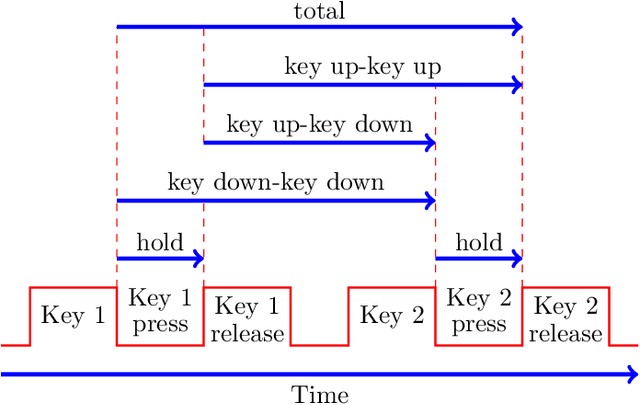

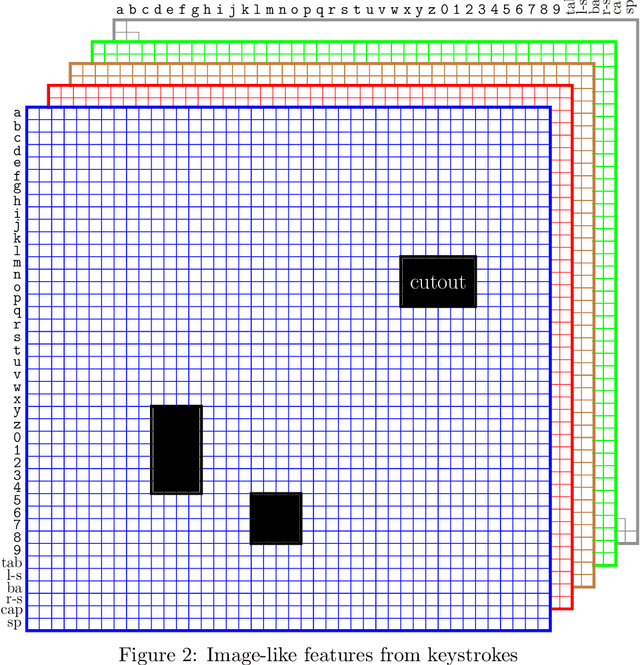
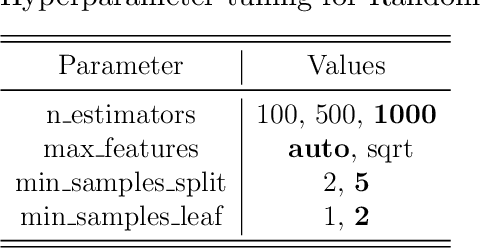
Abstract:In previous research, keystroke dynamics has shown promise for user authentication, based on both fixed-text and free-text data. In this research, we consider the more challenging multiclass user identification problem, based on free-text data. We experiment with a complex image-like feature that has previously been used to achieve state-of-the-art authentication results over free-text data. Using this image-like feature and multiclass Convolutional Neural Networks, we are able to obtain a classification (i.e., identification) accuracy of 0.78 over a set of 148 users. However, we find that a Random Forest classifier trained on a slightly modified version of this same feature yields an accuracy of 0.93.
Land Cover Classification from Multi-temporal, Multi-spectral Remotely Sensed Imagery using Patch-Based Recurrent Neural Networks
Aug 02, 2017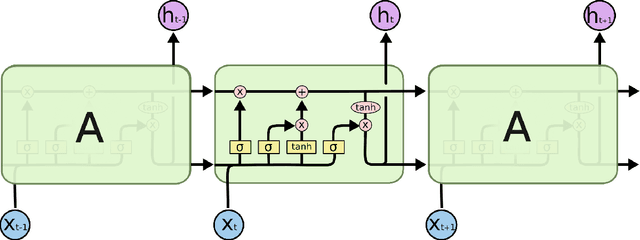
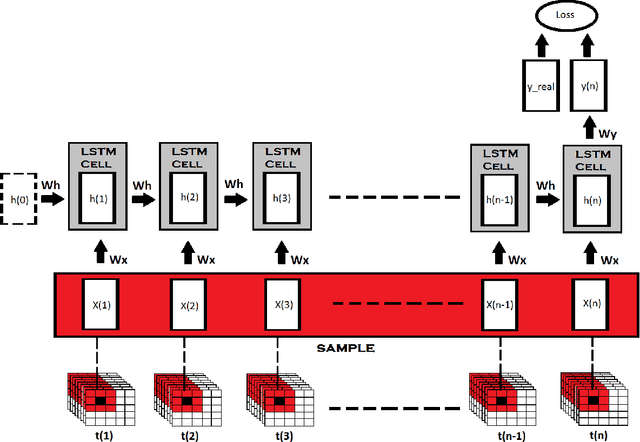
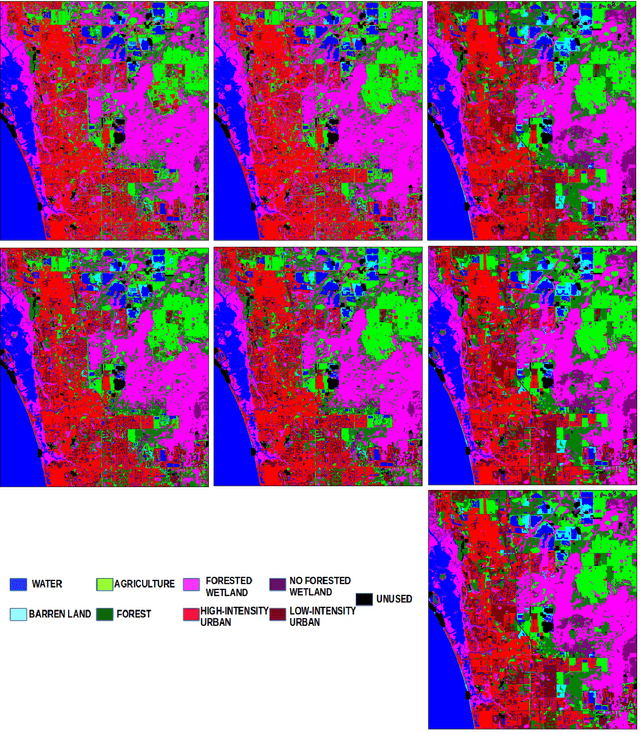
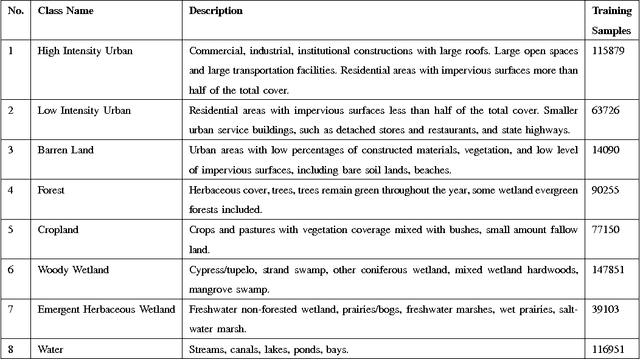
Abstract:Sustainability of the global environment is dependent on the accurate land cover information over large areas. Even with the increased number of satellite systems and sensors acquiring data with improved spectral, spatial, radiometric and temporal characteristics and the new data distribution policy, most existing land cover datasets were derived from a pixel-based single-date multi-spectral remotely sensed image with low accuracy. To improve the accuracy, the bottleneck is how to develop an accurate and effective image classification technique. By incorporating and utilizing the complete multi-spectral, multi-temporal and spatial information in remote sensing images and considering their inherit spatial and sequential interdependence, we propose a new patch-based RNN (PB-RNN) system tailored for multi-temporal remote sensing data. The system is designed by incorporating distinctive characteristics in multi-temporal remote sensing data. In particular, it uses multi-temporal-spectral-spatial samples and deals with pixels contaminated by clouds/shadow present in the multi-temporal data series. Using a Florida Everglades ecosystem study site covering an area of 771 square kilo-meters, the proposed PB-RNN system has achieved a significant improvement in the classification accuracy over pixel-based RNN system, pixel-based single-imagery NN system, pixel-based multi-images NN system, patch-based single-imagery NN system and patch-based multi-images NN system. For example, the proposed system achieves 97.21% classification accuracy while a pixel-based single-imagery NN system achieves 64.74%. By utilizing methods like the proposed PB-RNN one, we believe that much more accurate land cover datasets can be produced over large areas efficiently.
 Add to Chrome
Add to Chrome Add to Firefox
Add to Firefox Add to Edge
Add to Edge